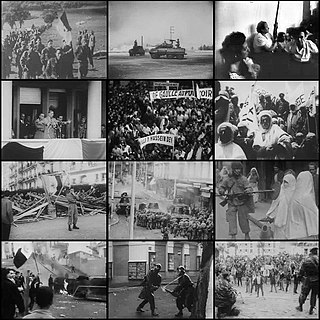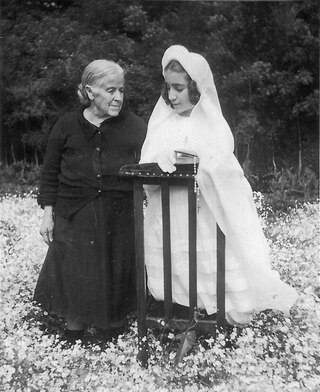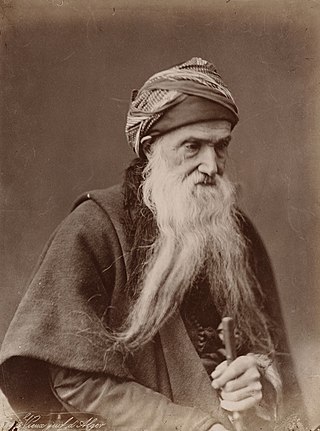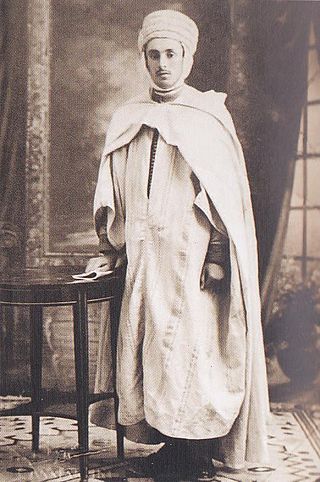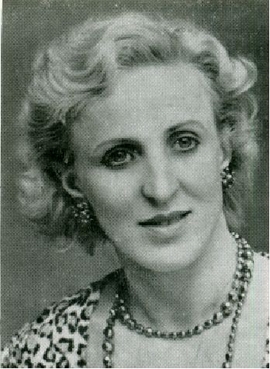Origins
Much of the planning and legislature surrounding the Constantine Plan was developed from a compilation of earlier reports which had aimed to establish Algeria's overall situation.
Maspétiol Report
Rapport général [dit Rapport Maspétiol], or the Maspétiol Report, also referred to as The Maspétiol Commission (1955) was a report that calculated the amount of French investment necessary in order to develop Algeria's economy. By taking into consideration colonies or countries whose size and developmental levels were similar to Algeria's, the report provided a quantitative and statistical basis for development. [1] Roland Maspétio, who headed the study, stated that the French economy was fully capable of funding Algerian development, citing Les Trente Glorieuses, the period between 1945 and 1975 wherein France saw great economic development. [1]
Les perspectives décennales du développement économique de l'Algérie
“Les perspectives décennales du développement économique de l'Algérie”, or “The 10 year perspectives of the economic development of Algeria” followed the Maspétiol Report in 1957. It was drafted by a group of young civil servants formed by the Algerian General Government. [1] The report mapped out Algeria's economic prospects for the period spanning 1957-1966. The report also analyzed Algeria's current economic conditions in order to explain hurdles — such as Algeria's rapidly growing population — which the country would face in the coming years. [2] It would be presented to French authorities in 1957, and would ultimately contribute heavily to the contents of Charles de Gaulle's speech in 1958.
Charles de Gaulle’s speech

On October 3, 1958, French president Charles de Gaulle appeared before the people of Algeria, in the city of Constantine, and unveiled plans for a new development project to be financed by Metropolitan France. De Gaulle reaffirmed France's determination for renovation and his commitment towards developing French Algeria. He made bold promises for sweeping changes meant to improve every factor of Algeria's social, cultural, and economic system. He asserted that it was only through this transformation that Algeria would prosper, further elaborating that peace would be achieved, but only France was willing and able to provide the necessary aid to help Algeria accomplish these goals. De Gaulle denounced “extremism”, stating that turning towards extremist groups for guidance is a foolish endeavor that will only lead to destruction and that these groups that incite unrest and wage war on France are not capable of providing Algeria with the same means that France is offering to give them. [2] The speech noted a dichotomy of choice between either war or brotherhood. De Gaulle made it clear that of the two he preferred brotherhood, but only under French terms. [2] Historical experts have identified the speech as being perceived by De Gaulle as an opportunity to undermine the growing unrest and support for the Front de libération nationale (FLN), or the National Liberation Front in Algeria. [2] This claim is based on the fact that the speech came during the peak of the Algerian War as France and the FLN were locked in a heated battle for Algerian independence. The Constantine Plan also served as an attempt to keep Algeria squarely in the Eurafrican zone. By taking hold of the country's economic development, France hoped to be able to prevent the spread of communism. [3]



